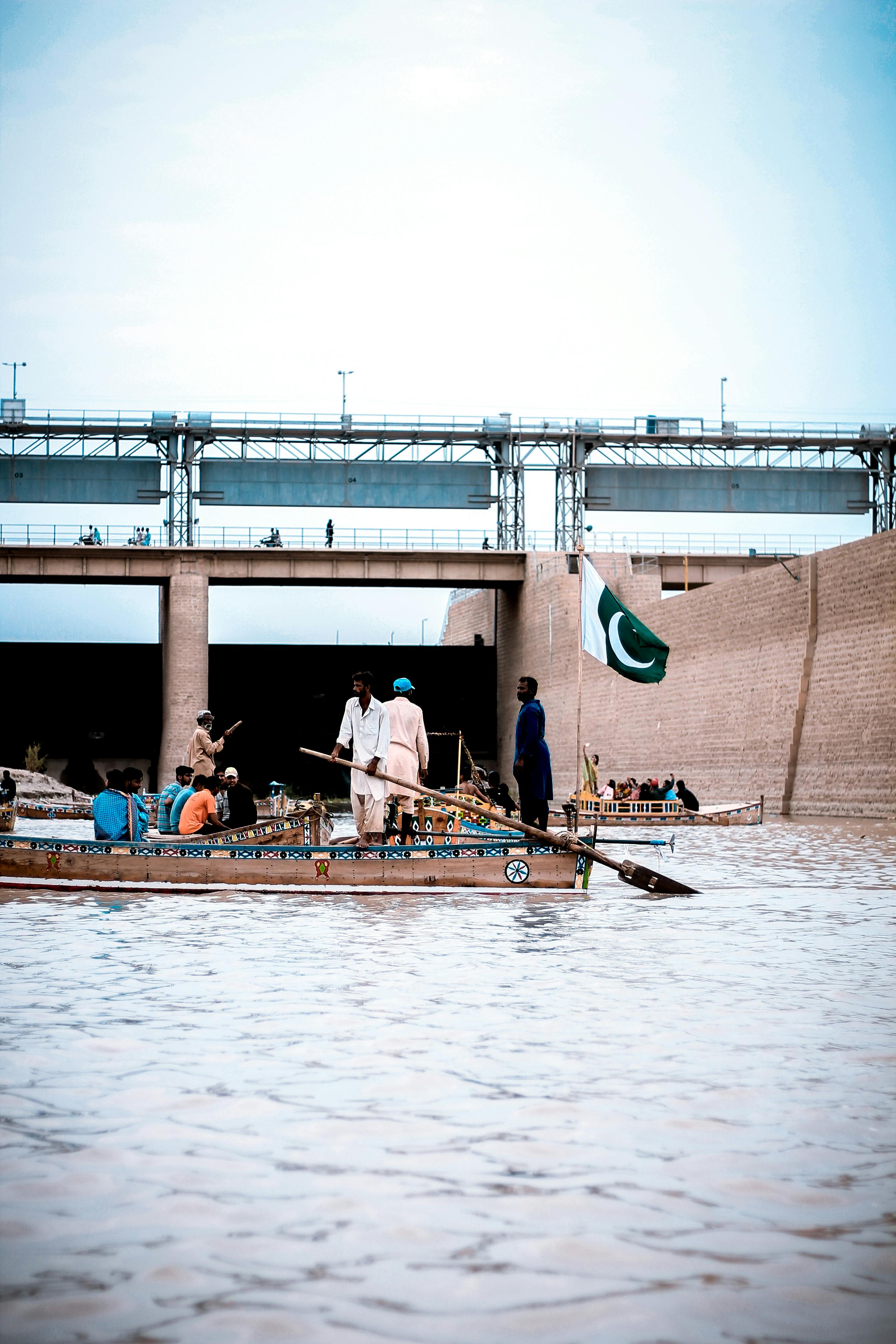Sindh, Indus, and the PPP Dilemma
January 31, 2025•568 words

Politics in Sindh has always been an intricate dance—one step forward, two steps sideways, and a whole lot of waiting for the "right time." The issue of water channels being built on the Indus is no different. The People’s Party (PPP) is watching, waiting, and—if you ask me—secretly hoping that the people of Sindh take matters into their own hands.
Let’s be real: PPP will only take a firm stand when the people hit the streets. That’s how politics works in Pakistan, especially in Sindh. If a massive chunk of the population comes out to protest, PPP can finally say, "Bhai, ab hum kya karein? Pora Sindh nikal aya hai!" At that point, they will have no choice but to align with the people, simply because that will become the politically safer bet.
It's not that PPP doesn’t want to resist the establishment. Deep down, they probably do. But they can’t afford to. Picking a direct fight with the powers that be is not on the menu for them right now. They’re walking a tightrope—playing both sides, keeping the establishment somewhat happy while also maintaining their voter base. But they know one thing: if the protests grow large enough, they will have political cover to finally push back.
The Protests Have Begun
And this is exactly why the recent protests announced by Sindh Abadgar Ittehad (SAI) are so crucial. According to The News, SAI held a meeting in Sheikh Bhirkiyo, where they decided to organize protests in Larkana (January 23) and Sukkur (February 13) against the federal government's plan to build six canals on the Indus River.
SAI Central President Nawab Zubair Ahmad Talpur and other key figures emphasized that they will not compromise on this issue. The plan includes a caravan leaving the day before the Sukkur protest, staying overnight in Gambat City before joining the main demonstration.
Their stance is clear: no more canals on the Indus, no negotiations, no backing down.
Why This Matters
This is exactly the kind of public push PPP needs to justify standing up against the establishment. Notice how there has been no crackdown on these protests? That’s because PPP wants people to come out. The bigger the protests, the more PPP can say, "Sorry, sir, ab hum kuch nahi kar sakte. Log nikal aaye hain. Humein ab unka sath dena hoga."
It’s a strategic gamble—PPP knows they can’t directly fight the powers that be, but if enough public pressure builds, they can shift the responsibility onto the people and say they had no choice.
What Now?
If you’re waiting for PPP to take action—stop waiting. The responsibility lies with the people of Sindh. The more people raise their voices, the more pressure builds, and the more PPP finds itself backed into a corner where they must take a stand.
Sindh’s future is at stake. The Indus is its lifeline. And the only way to protect it is for everyone to step up—because politics is, at the end of the day, a game of numbers.
So, what do you think? Will these protests be enough to push PPP into action? Or will they find another way to sit on the fence? Let’s talk.
🤷🏻❤️
-M<
Photo by Ali Madad Sakhirani from Pexels: https://www.pexels.com/photo/people-riding-on-boat-with-pakistan-flag-1259928/